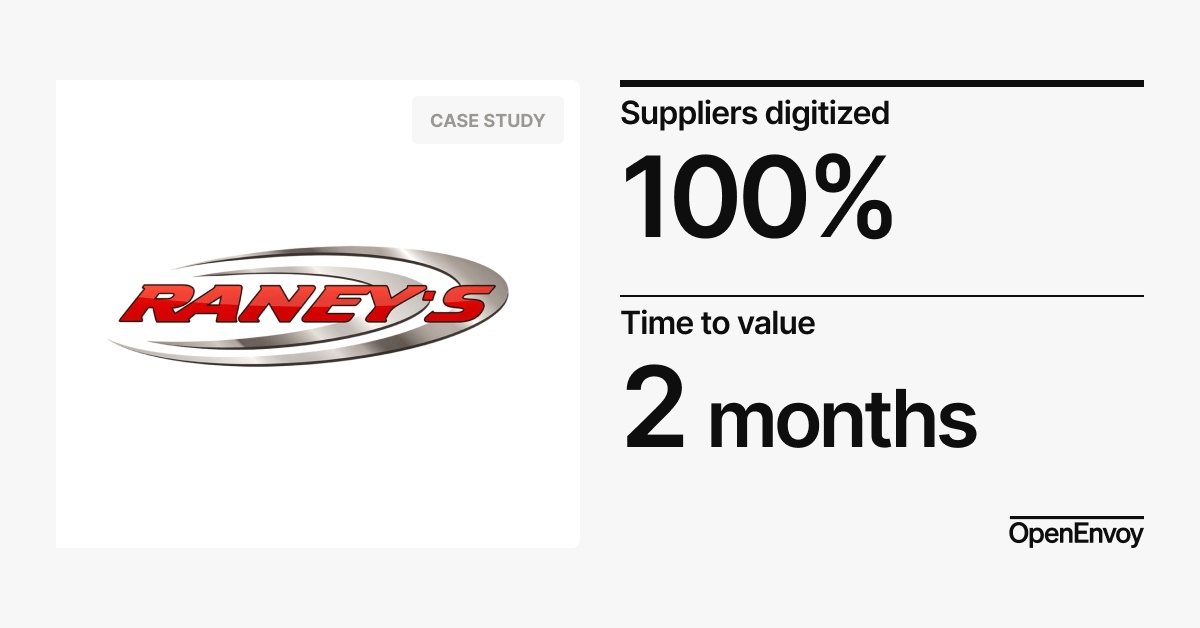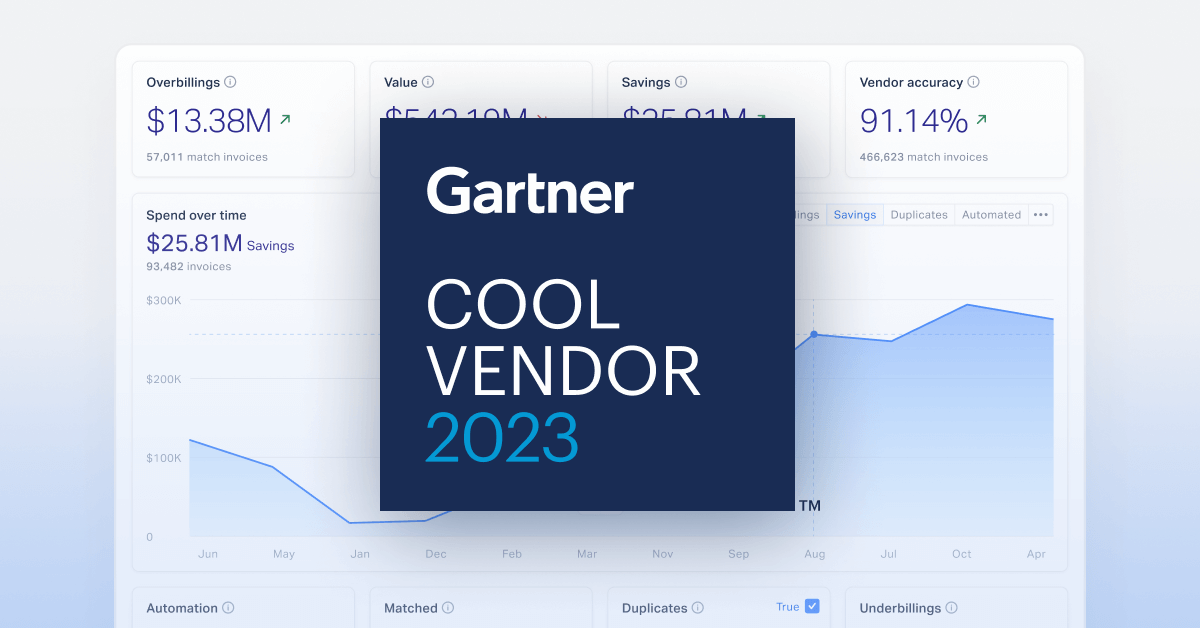As macro-concerns, inflation, and rising interest rates continue to dominate boardroom conversations, the pressure is on for business leaders to deliver big results despite tight constraints.
The push to offset costs and operate more efficiently has increased the adoption of automation and made the digitization of the finance function an even more critical initiative.
A well-equipped finance team can support each business unit in understanding the company's financial data in terms of performance, goals, and overall guidance. According to the 2022 Global CFO survey, finance leaders have put digital priorities at the forefront of their agenda to accelerate the transformation and build competitive, future-ready enterprises.
When creating a next-gen, recession-proof finance operation, the chief financial officer (CFO) is undoubtedly the best fit to take the lead.
There is much to tackle, from identifying gaps in manual processes and sourcing technology vendors to help speed up digital aspirations to implementation and driving change management.
While digital transformation is not an end game, but a journey that will evolve with the business, it can leave leaders questioning where to start and how to minimize the risk of their investments.
Here are 5 considerations for making digital investments:
Financial Benefit
Weigh the financial benefit by deciding whether the initiative is worth pursuing. For example, enterprises can lose focus of their ultimate goals when multiple projects compete for priority.
Start defining your pain point; are you consistently overpaying vendors, are you spending too much on processing a single invoice, or are you inconsistent in making on-time payments?
Make sure the project you are going to invest in digitally will enable quick wins and help you reach your overall goal. Create a checklist and consider how solving each pain point would impact your bottom line.
Anticipate the potential financial benefit by asking:
- How much will the enterprise save once the new finance technology is implemented?
- Can this technology improve cash flow immediately?
Business Impact
Discuss how implementing a new solution will influence the entire business. It is essential to take the time to communicate with executive leaders and business units outside of finance to understand how the initiative may impact their daily operations.
For example, companies that struggle to pay vendors on time often face credit holds. Consider how faster payments ensure your supply chain team is not affected by service disruption.
Think about the following regarding business impact:
- How will other business unit leaders or staff benefit from this initiative?
- Outside of the finance function, will this technology negatively impact any other business unit's operations?
Time Requirement
Regardless of how the CFO approaches onboarding a new finance technology, implementation and cost optimization can take time. As a result, there can be some internal hesitation about embracing technology. Staff can fear that automation has to be a long journey, which is entirely untrue, with the help of the right technology vendor.
Anticipate the potential time requirement by asking:
- How quickly can we begin to see ROI?
- How can we measure the savings from this technology?
Organizational Risk
Beyond quality, automation's impact on cost savings is also influenced by internal adoption. CFOs must take the lead in articulating the new solution's benefits and demonstrate how impactful the outcomes will be for the short-term and long-term success of the company.
Predict organizational risk by asking:
- How will we enforce strong change management and create internal support?
- Is Staff digitally skilled and capable of adopting new finance technology?
- How can we incentivize usage?
Investment Requirement
Before a new initiative commences, the CEO and other stakeholders must support and agree to its potential. Highlighting how new technology will improve operations, reduce costs, and create a competitive advantage will help uphold the business case.
Defend the investment requirement by offering:
- The potential ROI of using the software
- Success stories from similar businesses that have leveraged automation
- How delaying the initiative will put the company behind its competition
Ready to start making strategic digital investments? Download the infographic 5 Rules for Enterprise-Wide Optimization to learn more.











